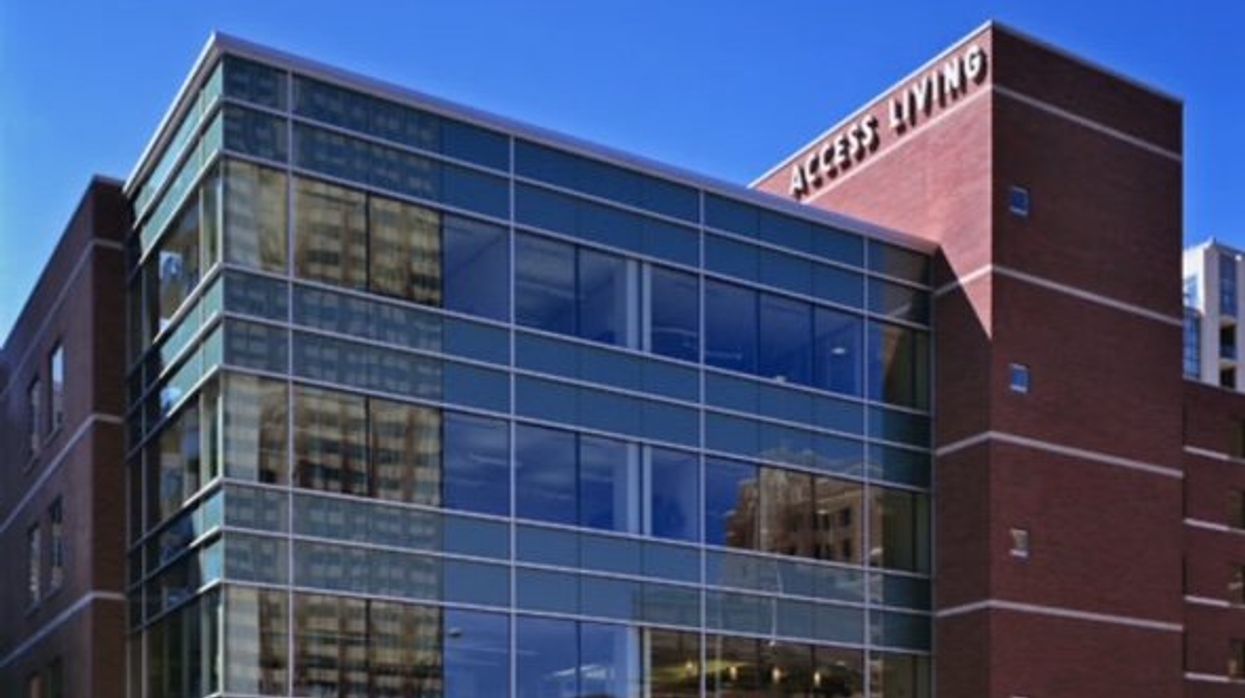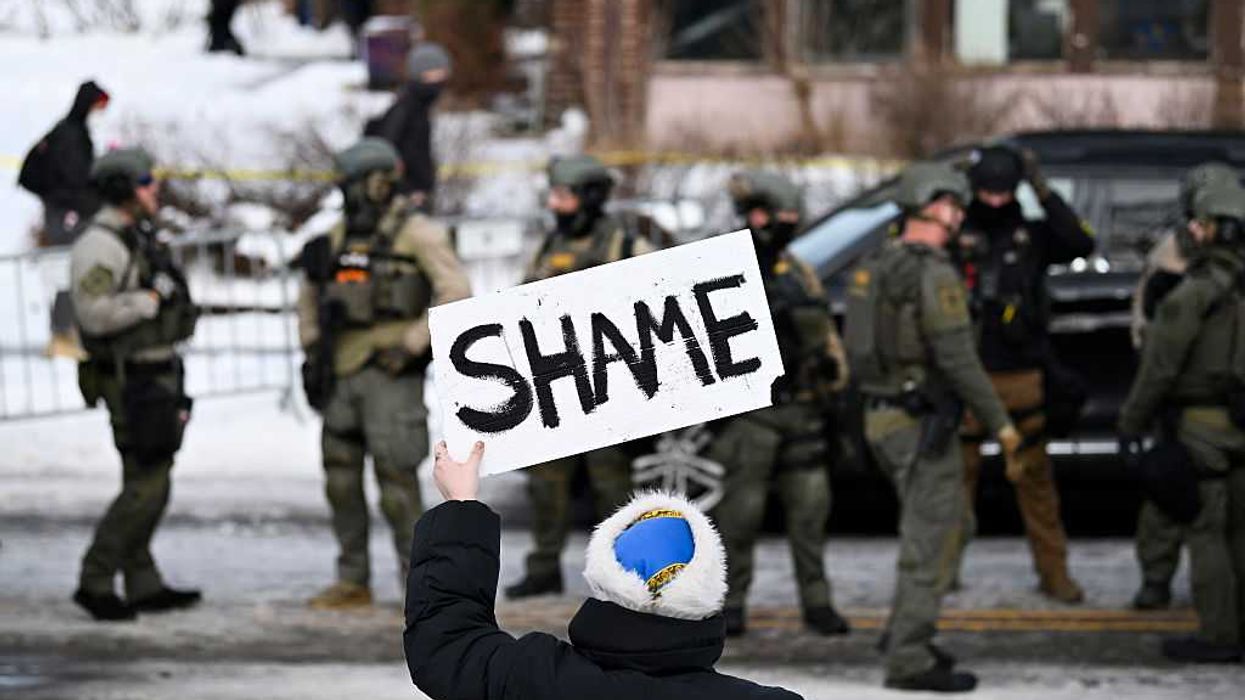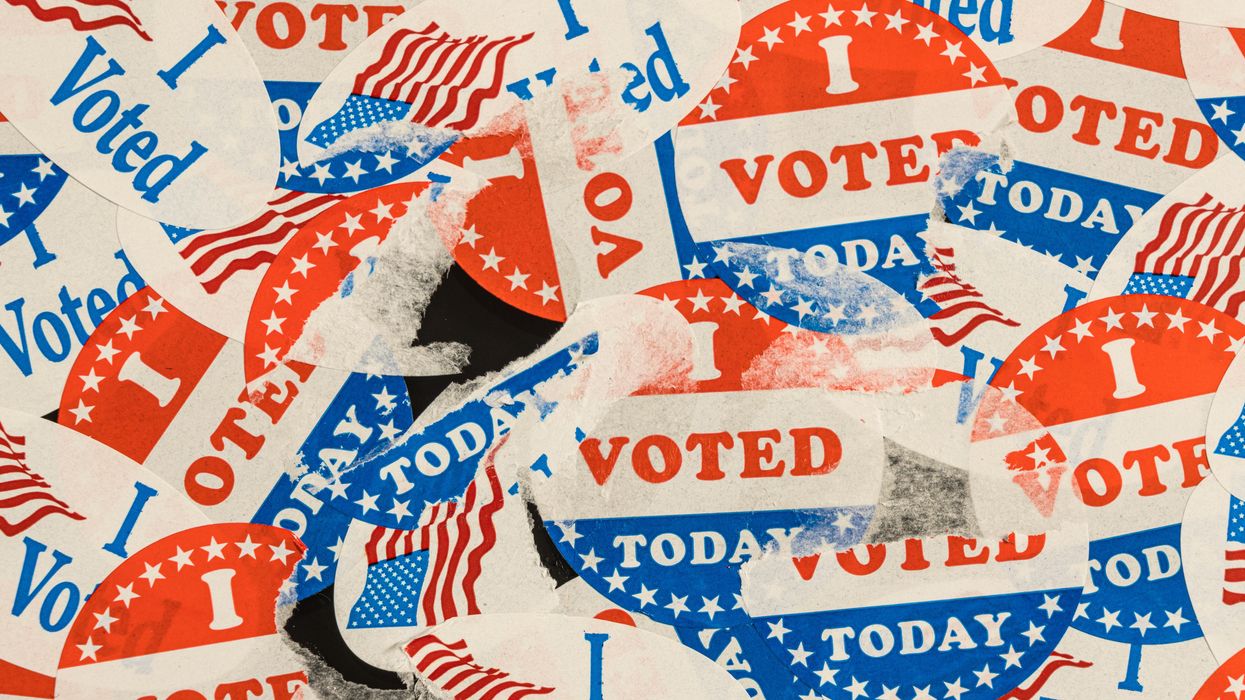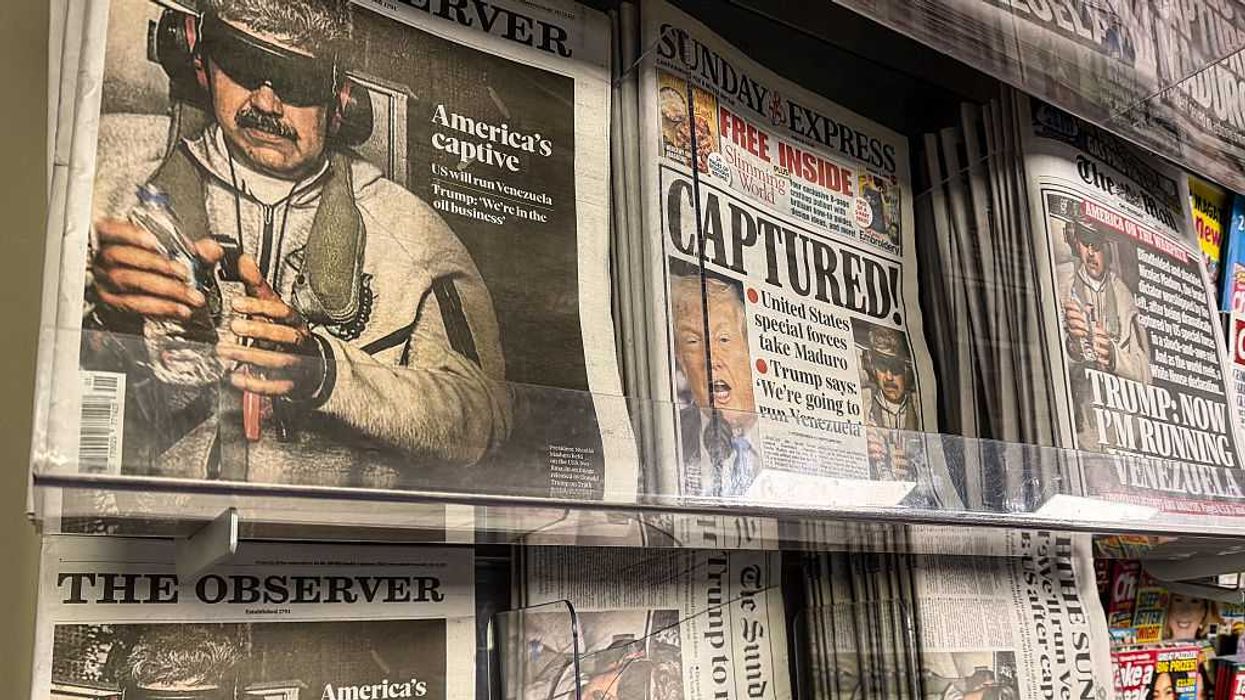“What did you see once you got shot?” That might not be one of the first things victims of gun violence are asked, but it was the first question Access Living asked in a survey used to address and assess the many difficulties survivors of gun violence faced.
The nation’s gun violence crisis continues to be a significant threat to people’s lives, as it has claimed over 10,000 lives in the United States every year for the past 10 years, according to Gun Violence Archive. Only three months into 2025, there have been over 100 shootings reported in Chicago, and this will probably continue to rise, as in the country in 2023, on average, 118 people died of gun violence a day. According to the National Institute for Health Care Management Foundation, for every person who dies due to gun violence, more than two survive, usually with significant lifelong physical injuries that they have to learn to live with, along with the mental trauma of the incident.
They can suffer from losing their ability to walk, hold jobs, and being able to live a normal life. Several organizations are stepping into this space to provide the services they need since they’re so limited.
In 2022 and 2023, Access Living conducted over 100 interviews with gun violence survivors to hear what barriers they experienced firsthand. They also interviewed government officials, community-based organizations, violence prevention leaders, and staff of hospital trauma centers to hear what they’ve seen working with survivors. Shared experiences among survivors included difficulties in accessing and attaining healthcare and mental health resources, as well as accessible and affordable housing, transportation, and education necessary for employment. They also reported facing stigma, disability, and racial discrimination, and social isolation without the support to rebuild and heal their lives.
Through the study, they were able to identify ways to help fix the gaps they were dealing with, using their experiences to inform the development of a program tailored to their needs. By conducting one-on-one and group interviews, Access Living’s community strategy specialist Candace Coleman and Michelle Garcia, manager of organizing and community development, asked a variety of questions to understand what was lacking for each interviewee. Some key components include personal care, the need for medical supplies, and mental health support. The program will involve identifying and working with survivors through different outlets, including the hospital setting, nursing home setting, and the community, by using community organizations and word of mouth to identify survivors at any age and area of recovery.
For personal care, survivors stated the need to have someone come to their house and help them do their daily activities that involve moving, like dressing, cleaning their home, meal prep, or just having someone there to help them move around and get things done. When they’re injured, there is a chance they will need a wheelchair, walker, cane, crutches, etc., or they might need a different type of supplies, like a urinal, for example. “That’s usually what they would need, or other medical supplies, medical equipment, then also mental health support,” Garcia says. “This has been a very traumatic experience for folks, being shot, becoming disabled, and having to adjust, so that was a gap that has been seen. No mental health support whatsoever, not just for them, but for the family members.”
With mental health support for victims, there’s even less support for youth who survive gun violence, especially in marginalized communities. “They need more access to professionals, especially in the Black and Brown community, who look like them, have similar shared experiences, and can relate to them,” says Leslie Helmcamp, Lurie Children’s Hospital’s director of violence prevention initiative, “I think they’re out there, but it’s more about focusing on a pipeline of who can support and provide mental health services for youth.”
Lurie Children’s Hospital piloted a hospital-based violence intervention program in 2023, where two social workers worked with youth survivors of violence-related injuries to provide them with the correct care and services. This includes victims of other types of violence, including stabbing and sexual assault. The program continues to this day and provides coordination and referrals to community-based services such as counseling and therapy, substance use treatment, victim crime services, life skills coaching, mentoring, case management, and recreational and workforce development to children between the ages of zero and nineteen. Social workers work with the families to assess the issue and make sure there aren’t any immediate threats to the child’s safety, and do some safety planning if there are, so it doesn’t become a violent act again. From there, they try to get to know the family, what the family’s and survivors’ needs are, specific goals for their plan to recover, and make sure they feel supported to be able to heal and hopefully prevent them from getting injured again.
Access Living, a non-profit organization based in Chicago, provides services and tries to break down barriers for people with disabilities while protecting their civil rights and challenging stereotypes, is one of the partner organizations that helped launch this program at Lurie. They have partnerships with BUILD Inc., Chicago Police Department Crime Victim Services, Communities United, Cook County Public Defender’s Office, Reclaim 13, UCAN, youth outreach services, and youth/parent representatives. They joined their planning team to contribute to designing and developing the program to make sure they were thinking of all the ways they could support the survivors and their families.
Once the social worker at Lurie meets with the youth and their family and learns exactly what they need, the hospital keeps in constant contact with them for six months if the family would like them to be involved for that long. As this program has been moving along, they’ve noticed that once families get placed in mental health services or therapeutic services, whether it be at Lurie Children’s or externally, they might be ready to navigate the world on their own, so they don’t need those consistent check-ins. Since it has been running for less than two years, they’re still learning about the duration of help that people might be interested in having, and it sometimes depends on the type of injury or if the threat is still there.
Access Living provides the support and training needed for the social workers at Lurie’s Children’s Hospital who deliver care, train new staff, and consult.
Gun violence survivors are different from disabled people who’ve had their disabilities for many years. “They might be newer to being a survivor of gun violence, and with that, we’re assisting them in identifying services that they might need. Helping them identify as a survivor and someone new to the disability community, what they need to live independently, and what kind of support they need in place,” says Access Living senior manager Katie Blank.
Access also connects them with a fellow survivor who has gone through something similar. Doing so helps build a connection with someone who can provide additional resources and guidance based on their own experiences.
According to Blank, the goal is to help survivors increase their independence, rights, and autonomy. This includes information and referrals, resources, connecting services, peer mentorship, and assistance with the specific services and resources the survivor needs. While running a mentoring group for survivors of gun violence, that will be run by a survivor. From there, they’ll identify if there are specific types of mentoring groups that they’re interested in. Like providing a youth-based, youth-led mentoring or female-based, female-led mentoring. Which means either leading them internally or finding external mentoring groups for people who will be interested.
The program continues to evolve in response to what it has learned. For example, many gun violence survivors might prefer mentor groups that meet in the evenings or virtually. In addition, it has added resources based on what people have requested, such as affordable housing, accessible housing, and guidance on making accessibility modifications to existing housing.
Just as they interviewed survivors to determine how they wanted to navigate this program, they will also conduct interviews and surveys with attendees to gather their goals and expectations for participating in these groups. Whether that means referring them over to Chicago Cred, an anti-gun organization, or the Mayor’s Office for People with Disabilities, if they need job coaching or job placement, since Access Living doesn’t help with employment. Or sending them to an organization that specifically helps with housing accommodations, since many people live on the second and third floors and will need to be moved to the first floor, obtain a ramp or access to an elevator, or have things installed in their space to help them get around. According to Blank, “It would be identifying what they need and then referring them, connecting, and creating that relationship.”
Morgan Bruner is a journalism student at Columbia College Chicago, entering her junior year in the fall. With two years under her belt, Morgan has covered various topics, including gun violence.
The Fulcrum is committed to nurturing the next generation of journalists. Learn how by clicking HERE.





















